Comprehensive audit of budget settlement in 2026
At the seminar "Audit Plan 2026: Scientific , flexible, innovative with the country" organized by the Auditing Newspaper on the morning of November 14, Director of the General Department of the State Audit Hoang Van Luong said that when developing the Audit Plan 2026, the State Audit determined that it must be consistent with the 2-level local government model and the provisions of the State Budget Law 2025: determining the scale of the audit sample at the commune level instead of the previous district level.
Along with that, fundamental adjustments in terms of time for organizing audits of local budget settlement reports and state budget settlement reports must be conducted earlier than before, in order to promptly provide audit results to serve the National Assembly and People's Councils in approving budget settlements.

Notably, in 2026, the State Audit will audit 100% of the final accounts of ministries, central and local agencies. The State Budget Law stipulates that the People's Council must approve the final accounts no later than July 5 of the following year. The Government reports to the National Assembly Standing Committee on September 20, putting pressure on the State Audit to organize audit tasks to serve the People's Council and the National Assembly in approving the final accounts of the state budget.
“Previously, the time from the end of an audit to the issuance of the audit report ranged from 35 to 40 days. Under the new regulations, there are audits that take only 10 to 15 days. This is a huge pressure on the State Audit in 2026,” Mr. Luong confirmed.
Le Minh Nam, a full-time member of the National Assembly at the Economic and Financial Committee, said that "the goal of comprehensively auditing the State Audit's budget settlement in 2026 demonstrates the determination and outstanding efforts of the State Audit's leaders and the entire sector in effectively implementing Clause 4, Article 10 of the State Audit Law."
According to Mr. Nam, the implementation of a comprehensive audit of the state budget settlement affirms the very positive results of the State Audit in completing early the goals set out in the State Audit Development Strategy to 2030.
Conducting a comprehensive audit of the budget settlement will help provide information to local People's Councils to decide on approving the local budget settlement. More specifically, providing it to the National Assembly agencies during the process of examining the budget settlement report will help National Assembly deputies feel more secure when pressing the approval button, Mr. Le Minh Nam added.
Along with auditing budget settlement reports, the State Audit Office aims to audit specialized issues, operations, environment, and information technology to reach a minimum rate of 30% of the total number of audit tasks in 2026, including large-scale audits.
Mr. Hoang Van Luong added that the plan to organize these audits is divided into 2 groups. Group 1 is thematic audits serving the Supreme Supervisory Delegation of the National Assembly and the Supervisory Delegation of the National Assembly Standing Committee. Group 2 is other thematic audits planned by the State Audit Office focusing on hot issues of public concern.
Strengthening the team of experts for the new auditing field
To successfully implement the 2026 Audit Plan, Mr. Luong said, the State Audit Office will focus on synchronously and effectively implementing a number of core solutions.
Firstly , closely follow the direction of the National Assembly and the Government to proactively deploy tasks; have reserve forces to organize the implementation of arising tasks. In fact, in addition to the audit tasks assigned by laws and resolutions, the State Audit also conducts audits under the direction of the Central Steering Committee on preventing and combating corruption, waste, and negativity (in 2024, the State Audit conducted 02 audits).
Second , continue to enhance the role and responsibility of unit heads, audit team leaders/team leaders and each auditor in performing their duties; improve the quality of supervision; strictly handle acts and activities of the team where auditors violate, make conclusions and recommendations without sufficient evidence, intentionally omit violations or commit acts of corruption, waste, or negativity in performing public duties.
Third , perfect the legal framework, including the system of legal documents and management documents of the State Audit Office to suit the new situation.
Fourthly , the country currently has 34 provinces and cities, the number of units estimated from 696 districts after rearrangement with 3,321 commune-level administrative units, requires increasing the application of information technology in auditing activities; at the same time, implementing digital transformation in accordance with the spirit of Resolution No. 57-NQ/TW on breakthroughs in science and technology development, innovation and national digital transformation. In particular, it is necessary to increase the mobilization of experts in new auditing fields such as environment, climate change, and assessment of construction and project quality.
Fifth , closely coordinate with inspection and examination agencies and the Government Inspectorate to avoid overlap.
Finally, diversify forms of publicity to spread and enhance accountability in the management and use of public finance and public assets; closely coordinate with competent authorities on corruption prevention and control to promptly detect and strictly handle violations.
Agreeing with some of the above important solutions, Mr. Le Minh Nam suggested that in the context of restructuring the apparatus and operating the 2-level local government model, the audit focal point is different from before; this requires the State Audit to select enough representative samples. "The issue of organizing the audit implementation must change, requiring the State Audit to apply an audit approach based on risk assessment and determining materiality to focus on the core and key points, helping to achieve the audit objectives but also ensuring the best implementation conditions in a short time with limited resources," he said.
Source: https://daibieunhandan.vn/kiem-toan-can-dua-tren-danh-gia-rui-ro-10395714.html







![[Photo] Action for the Community tells stories of enduring journeys – both intimate and great, yet quiet and determined](https://vphoto.vietnam.vn/thumb/1200x675/vietnam/resource/IMAGE/2025/11/15/1763179022035_ai-dai-dieu-5828-jpg.webp)






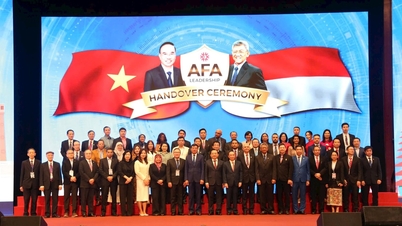










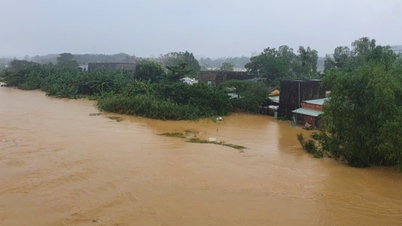








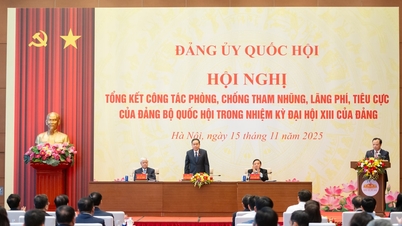

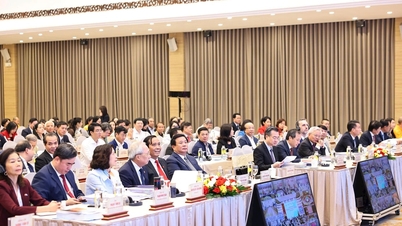





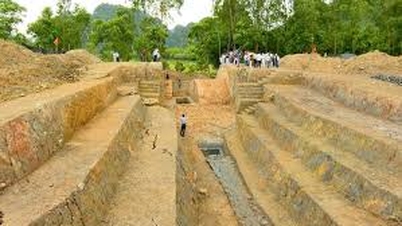









































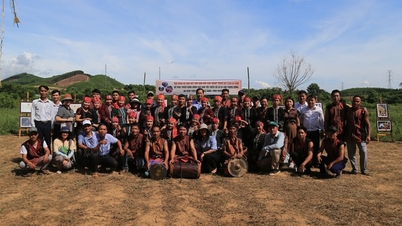






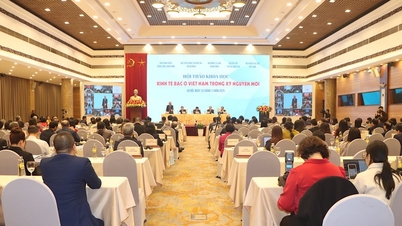








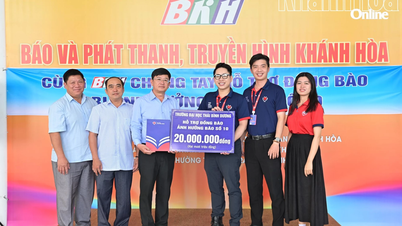













Comment (0)